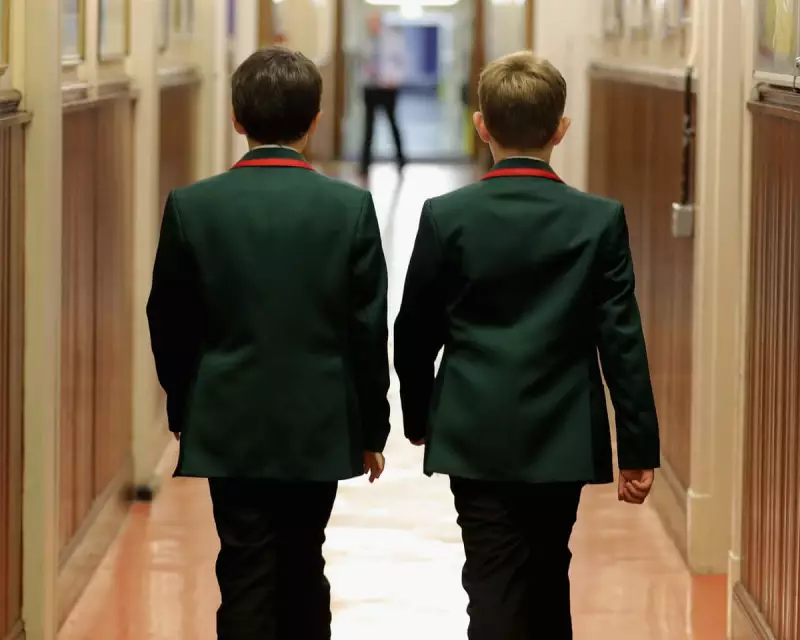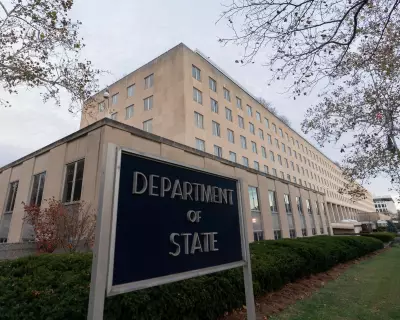
British families are facing an unprecedented financial squeeze as the cost of compulsory school uniforms reaches crisis levels, according to a damning new report. The research exposes how mandatory branded items are forcing parents to pay up to three times more than equivalent high-street alternatives.
The True Price of Blazers and Ties
The comprehensive study reveals that the average secondary school uniform now costs families approximately £420 per child annually, with primary school outfits reaching £315. These figures represent a shocking 30% increase since 2020, dramatically outpacing inflation and wage growth.
Branded Items: The Hidden Expense
Campaigners point to compulsory branded garments as the primary driver of these excessive costs. Parents are often forced to purchase specific items from designated suppliers, creating effective monopolies that eliminate competitive pricing.
"We've documented cases where a school-branded blazer costs £65, while an identical unbranded version sells for just £22 in supermarkets," explains one researcher. "This isn't about quality—it's about profiteering."
Families Making Difficult Choices
The financial pressure is forcing difficult decisions in households across the country:
- 72% of parents report cutting back on food shopping to afford uniforms
- 65% have reduced spending on children's extracurricular activities
- Nearly half have taken on additional debt through credit cards or loans
Regional Disparities and Support Systems
The crisis affects families unevenly across regions, with households in London and the Southeast facing the highest absolute costs, while those in deprived areas experience the greatest relative financial burden.
Although some local authorities offer uniform grants, awareness and accessibility remain significant issues. Many eligible families miss out on crucial support due to complex application processes or simply not knowing help exists.
Calls for Legislative Action
The Child Poverty Action Group and other charities are demanding government intervention. They propose:
- Legal limits on the number of compulsory branded items
- Mandatory price caps on school-specific clothing
- Increased funding and promotion of uniform grant schemes
- Greater transparency in supplier selection processes
As children prepare to return to classrooms across Britain, thousands of families face the anxious reality that providing education itself has become unaffordable. The school gate, once a symbol of opportunity, now represents another financial barrier for those already struggling with the cost-of-living crisis.





